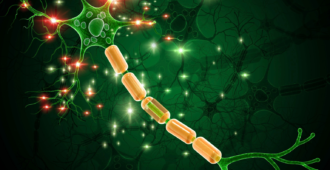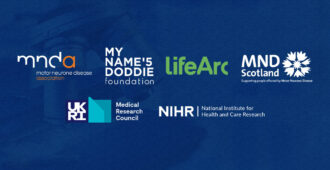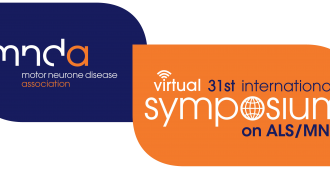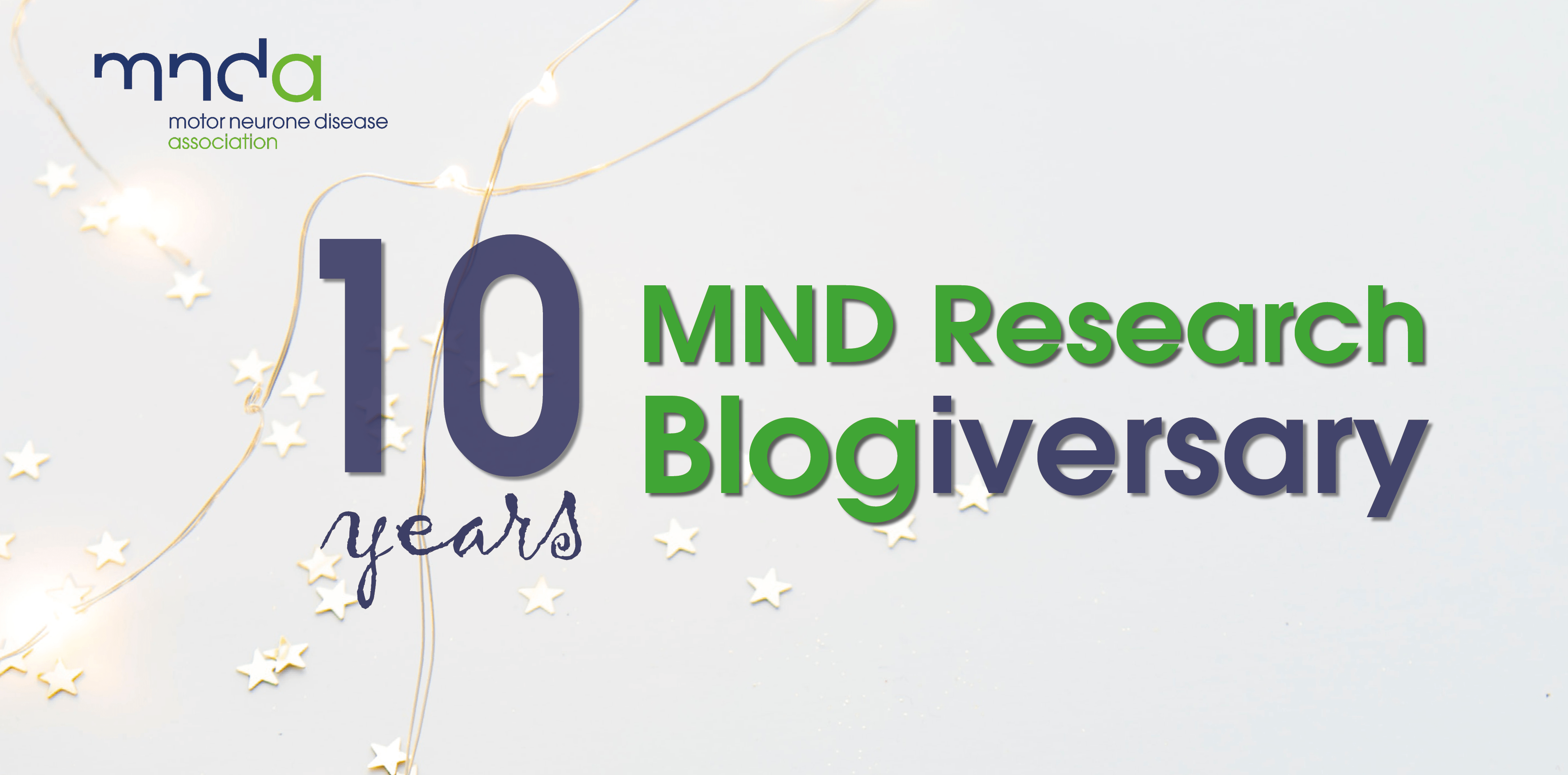A question was submitted to the Association’s AGM last weekend, which could only be answered in brief at the time, due to the number of issues raised, some of which are of a technical nature. Below is a more detailed response from the Association’s Director of Research (in bold italics) to each point raised.
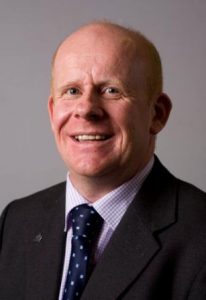
Dear Sir,
I am enquiring on behalf of myself and other MND/ALS sufferers who frequent the MNDA website forum in the U.K. This open letter to the MNDA is posted on our MNDA forum.
Since May 2011, forum members have been following the fortunes of BrainStorm Cell Therapeutic Inc.’s treatment for MND. This is the most advanced treatment for MND to date and is in phase 2 clinical trials at three sites in the USA and one site in Israel. The treatment is credible and is supported by leading neurologists at the Mayo Clinic in New York, Massachusetts General Hospital and Massachusetts University Hospital.
Preliminary data strongly suggests the treatment is safe. Within 12 months it is expected that phase 2 trials will complete and the treatment will be deemed as safe. Under the Early Access to Medication Scheme that was introduced in April 2014, our community will be entitled to apply for this treatment.
The Association is always keen to discuss potential therapy developments with industry. We have worked with companies in the past and certainly anticipate doing so more frequently in the future. Please note that we are not always in a position to talk about specific details of the research publicly, due to the need to maintain commercial confidentiality. Any discussion is invariably preceded by the signing of a Confidentiality Disclosure Agreement (CDA) and to disclose commercially sensitive information would not only damage our relationship with the company, but it would also likely impact on the willingness of future companies to talk to us.
That said, we hope that Brainstorm will be willing to share the information as widely as possible amongst interested parties. We do of course know of their research, as the pilot (phase I) study was presented at the Milan Symposium last year, organized by the MND Association. The results presented indicated that the approach was safe, but it was very preliminary with very small numbers. We have learned from previous experience that the results from small trials need to be treated with caution – even more so when the trial is not placebo-controlled. Clearly, the phase II results will be important, not just in terms of safety, but also in terms of efficacy. At phase II stage you really want to start seeing some hard evidence that the approach is working.
The question of whether access to the treatment may be possible through the Early Access to Medicines Scheme (EAMS) is also unfortunately not clear cut. Shortly after the scheme was announced, a meeting was arranged by the Association of British Pharmaceutical Industries, the Bioindustry Association, and the Association of Medical Research Charities (of which we are a member) to unpick the reality from the ministerial soundbytes reported by the press. Take home messages included:
- The two-step EAMS process is first and foremost about pharmaceuticals. Cell-based approaches requiring specialized surgical training are a whole different ballgame. Brainstorm will need to contact the MHRA to discuss registering this treatment as a ‘Promising Innovative Medicine’, which is Step 1 in the process. We cannot do that on their behalf.
- There was an expectation that decisions would be based on phase III trial data. Phase II results can be considered in exceptional cases, but the evidence would effectively need to be a ‘slam-dunk’ in terms of efficacy.
- Whilst the Cancer Drugs Fund, which has been operating for a number of years, could perhaps be viewed as a precursor to EAMS, there is one big difference. The Cancer Drugs Fund is underpinned by Government funding for the drugs, whereas EAMS is not. There is an expectation that the companies themselves will provide the drugs free of charge. This may prove to be a major sticking point for companies to provide costly treatments when there is still no guarantee that they will be licensed in the UK or elsewhere.
Should the MNDA actively support this treatment it would seem like our members could be receiving this treatment in 12 months time. The MNDA could also contribute research into this treatment by means of:
- State of the art imaging of the Central Nervous System, before and after treatment.
Neuroimaging approaches such as PET in Parkinson’s disease and MRI in Multiple Sclerosis are helping to speed up early stage therapy development, but unfortunately these, as they stand, will not be appropriate in MND. That said, we know that imaging could be pivotal to understanding the disease, which is why the Association is presently jointly funding work with the MRC – using a variety of ‘multimodal’ imaging approaches, which include use of the most powerful MRI scanner in the country – to develop better imaging approaches that will aid diagnosis and prediction of disease progression. Find out more about BioMOx here. This work is beginning to throw up some potential biomarkers, especially when combined with blood and cerebrospinal fluid analysis. However, due to the heterogeneity of the disease, the work will need to be validated across larger populations before it can realistically be applied to individuals or small groups in clinical trials. Even then, the most powerful scanners will probably not be able to pick up relatively small numbers of surviving transplanted cells in a quantifiable fashion, which I presume is the principal issue behind the suggestion.
- Whole genome analysis of patients.
We will be sequencing over 1,500 genomes within our DNA Bank, as part of Project MinE the world’s largest ALS/MND sequencing initiative (and to my knowledge the third largest human genetics study in the world across any condition). However, as with the imaging, we need to understand the genome in the context of disease heterogeneity. In addition, no two human genomes are the same – they can vary by around 0.1% between one person and the next, which equates to 3 million distinct changes in the genetic code. It will take large numbers of samples and a lot of subsequent in-depth analysis before we really start to understand what a single ‘personal’ genome is telling us, which is why the Project MinE consortium aims to sequence genomes from up to 15,000 ALS patients and compare with 25,000 controls. It’s perhaps not the ideal analogy, but we really need to properly master the language before we can read any one particular book.
So, sequencing genomes will not add any useful information in terms of responders/non-responders to the Brainstorm trial in the short term. It would identify individuals who may carry the main known genetic causes of MND, although this can be done more cheaply than through whole genome sequencing.
- Establishment of a UK trial site.
As mentioned before, we will be happy to discuss with Brainstorm and help them liaise with interested UK centres, whether or not the Association is a funding partner. However, ultimately the establishment of a trial site is an agreement that can only be made between the hospital and the company.
- Access to the $10,000,000 Ice Bucket Challenge donations.
Whatever the source of funding, the Association’s Board of Trustees have a responsibility to ensure that funds are used wisely on our mission activities. This is why all major research studies we support – be they with universities, hospitals or industry – have to go through the same stringent checks and balances to ensure that the work is of the highest scientific merit and relevance. We would seek the advice of qualified clinical and basic MND researchers as well as technology transfer contacts to answer the two fundamental questions: 1. How robust is the evidence for safety and efficacy; 2. If the evidence is so convincing, why are business investors not showing more interest? The market for MND may be relatively small, but it’s by no means negligible, plus any company that discovers a viable neuroprotective strategy in one neurodegenerative disease will find itself propelled to the forefront of neurodegenerative disease research (including the major markets of Alzheimer’s disease and Parkinson’s disease).

